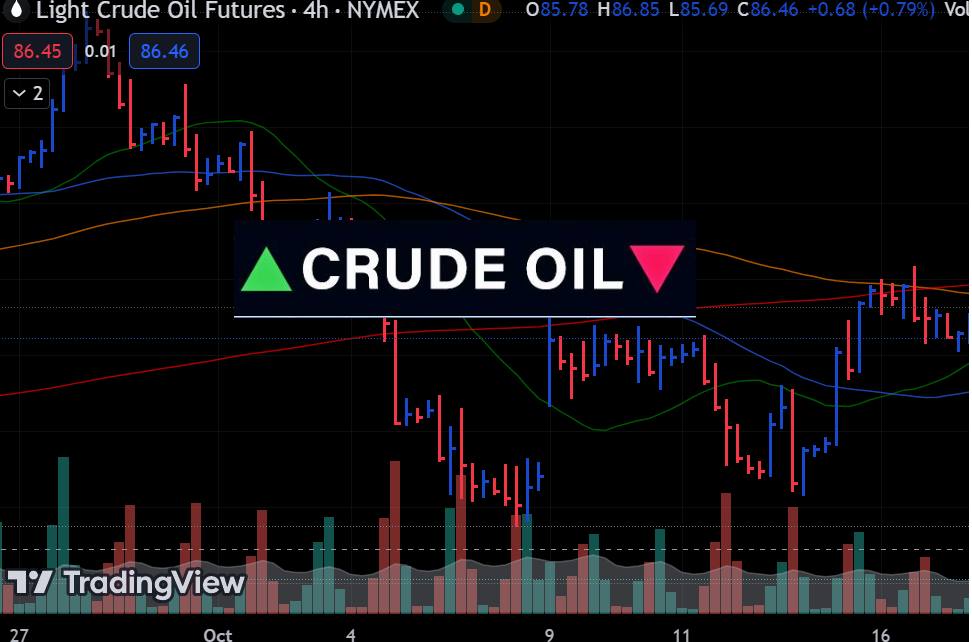- Manufacturing activity in China fell for the fourth month in January.
- US crude inventories rose as producers increased output after cold weather during the month.
- Powell said that rate cuts would not come until the Fed was sure inflation was falling towards the bank’s 2% target.
Oil fell on Wednesday due to poor economic activity data from China and a higher-than-expected increase in US crude oil inventories. According to data released on Wednesday, manufacturing activity in China dropped for the fourth month in January. China is a leading oil importer. Therefore, a decline in economic activity in the country means a drop in demand for oil, leading to a decrease in prices.
Moreover, the real estate sector in China continues to face setbacks. The most recent was a court order to liquidate the developer, China Evergrande. This has a significant negative impact on the Chinese economy at large, as the real estate sector makes up a quarter of China’s GDP. Despite the current state of the economy, forecasters like OPEC believe oil demand growth this year will be primarily driven by Chinese consumption.
Meanwhile, in the US, crude inventories rose as producers increased output after cold weather during the month. The US Energy Information Administration reported that crude oil inventories increased by 1.2 million barrels in the past week. Meanwhile, analysts had expected a drop of 217,000 barrels. At the same time, domestic oil production in the US went up to 13 million barrels per day.
Elsewhere, investors focused on the Fed policy meeting, which ended with the central bank maintaining rates. At the same time, policymakers said interest rates had peaked and would start dropping in the coming months. However, they also noted the resilience of the US economy, especially the labor market. After the meeting, Powell said that rate cuts would not come until the Fed was sure inflation was falling toward the bank’s 2% target. As a result, economists predict that a Fed rate cut is unlikely before June.
Oil monthly performance (Source: Nymex)
Geopolitical tensions led to a bullish close for oil in January. These tensions continued as the Israel-Hamas war widened to include the US in the Red Sea. This conflict continues to cause supply disruptions while increasing delivery costs. However, experts believe oil prices will not rise as much because production in the West is high. Additionally, slow economic growth in major economies like China is keeping a lid on prices.





